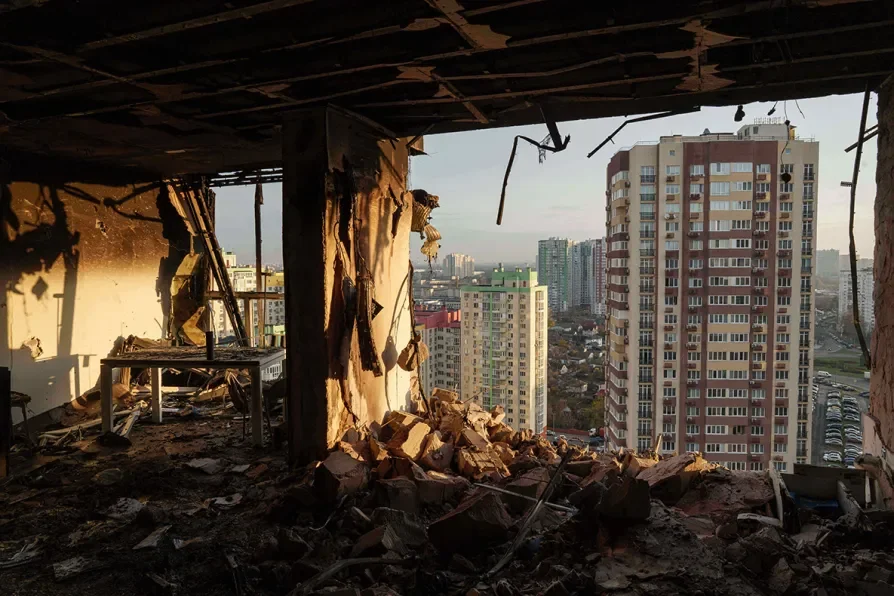On Tuesday evening 60 London CND members crowded into a meeting room at SOAS for a talk on the explosive theme ‘are we heading for nuclear war?’
Ted Seay addressing the meeting on Tuesday
We had two excellent speakers. The first was Ted Seay, tactical nuclear weapons expert and former arms control advisor with the US Mission to NATO.
Ted talked us through the recent US Nuclear Posture Review, which you can read about on our website here. The key problem with the review, he explained, is the move away from reducing nuclear stockpiles towards developing smaller nuclear weapons - or even fitting non-nuclear warheads onto Trident missiles. As he pointed out, this is not the greatest idea in a world of heightened global tensions, where the slightest provocation - let alone the firing of a Trident missile! - risks provoking nuclear war.
Ted also spoke about NATO, giving us the benefit of his many years’ experience working with the organisation. All NATO states are signed up to eradicate nuclear weapons - “but don’t hold your breath!” Under the Obama administration, there was an opportunity for the US to withdraw its nuclear weapons from European soil - a key first step towards denuclearisation. But that chance was missed and it’s unlikely to happen under Trump. Not only this but the development of new nuclear weapons like the B61-12 (more on that later!) explicitly violates the commitment not to develop new nuclear capabilities.
As Ted pointed out, NATO’s raison d’etre - the USSR - was dissolved in 1991. The US has a responsibility to lead the way in de-nuclearising the alliance. So far it’s failing miserably.
Our second speaker was Professor Dave Webb, CND chair. He took us in more detail through the new nuclear weapons currently being developed - including the B61-12. The B61-12 is designed to be more ‘precise’ than the current generation of nuclear missiles, increasing accuracy to within 10 metres - which, as our speakers pointed out, is patently absurd when you’re talking about a weapon with such far-reaching and devastating effects as a nuclear bomb. These developments are already being seen as dangerous and provocative both inside and outside the US.
Professor Dave Webb talking us through the new "super-fuze"
Professor Webb left us with a chilling final question. “If these weapons are for deterrence, why do they need to be precise? This is a first strike weapon.”
You can read our live Twitter updates from the meeting here.







